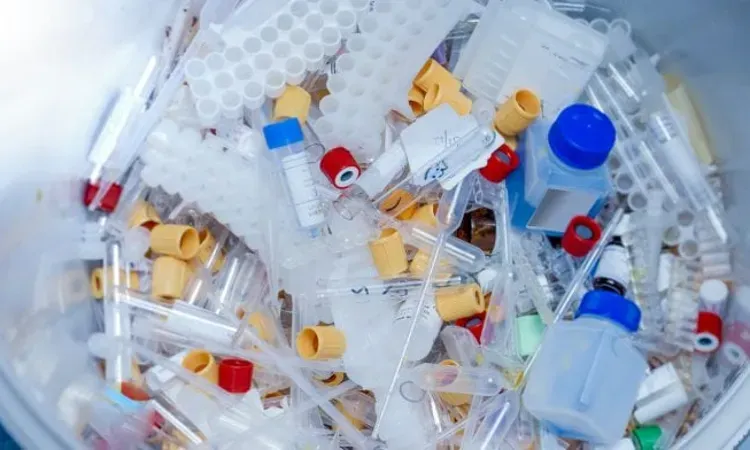In a recent judgment, the Andhra Pradesh High Court denied the State Pollution Control Board's (PCB) request to submit a Gap Analysis Report on bio-medical waste treatment facilities in a sealed cover. This decision underscores the court's insistence on transparency and accountability, particularly concerning environmental and public health issues.
Background of the Case
The case originated from a Public Interest Litigation (PIL) that challenged the inaction of the PCB in conducting and submitting a Gap Analysis Report. The PIL highlighted the pressing need for additional bio-medical waste treatment facilities in the state. The petitioner pointed out that only 12 such treatment plants had been established, with only 11 being operational, which is insufficient given the volume of bio-medical waste generated.
Previous Court Orders
The petitioner referred to a 2019 writ petition filed by the Common Bio-Medical Waste Treatment Facilities (CBWTF) Association of Andhra Pradesh. In that case, the court had directed the PCB to conduct a Gap Analysis Study within four months. Despite this directive, three years had passed without the submission of the report, prompting the current PIL.
PCB's Request and Court's Response
During the hearing, the counsel for the PCB informed the court that the survey had been conducted and the report would be submitted in a sealed cover. The Division Bench, comprising Chief Justice Dhiraj Singh Thakur and Justice Ninala Jayasurya, rejected this request. The judges emphasized that the PCB has a statutory obligation to conduct and disclose the Gap Analysis Report. They found no valid reason to justify the submission of the report in a sealed cover.
Legal and Environmental Significance
The court's decision is rooted in the principles of transparency and public accountability. By rejecting the sealed cover plea, the court ensured that the findings of the Gap Analysis Report would be accessible, facilitating informed public discourse on bio-medical waste management. The court highlighted that concealing such vital information would contradict the statutory provisions and the PCB's duty to safeguard public health and the environment.
Court's Directives
The court directed the PCB to place the report on record and serve a copy to the petitioner. The matter was listed for further hearing on July 31, 2024. The court's decision underscores the importance of adhering to statutory duties and the need for timely and transparent action on environmental issues.
Implications for Bio-Medical Waste Management
This judgment has significant implications for bio-medical waste management in Andhra Pradesh. The Gap Analysis Report is expected to provide critical insights into the current state of bio-medical waste treatment facilities and identify the need for additional infrastructure. By making this report publicly accessible, the court aims to ensure that the PCB and other relevant authorities take necessary actions to address any gaps identified in the study.
Conclusion
The Andhra Pradesh High Court's decision to reject the PCB's plea for a sealed cover submission of the Gap Analysis Report reinforces the principles of transparency and accountability. This judgment serves as a reminder of the statutory obligations of pollution control boards and the necessity of public access to environmental information. The forthcoming release of the Gap Analysis Report is anticipated to play a crucial role in enhancing bio-medical waste management in the state.










0 Comments
Thank you for your response. It will help us to improve in the future.